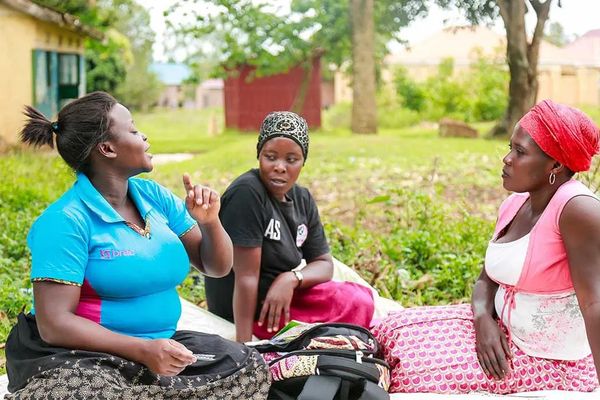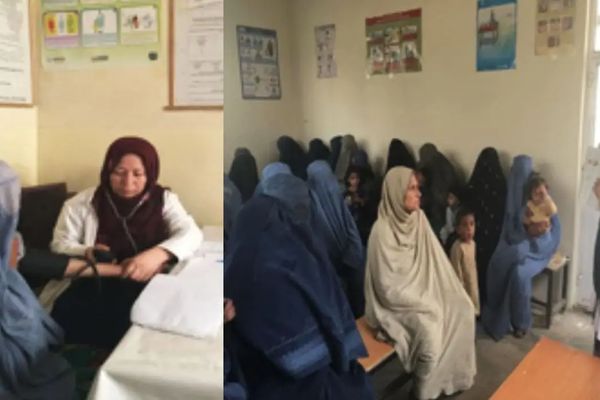40% of Bangladesh’s primary-aged children were not in school in the early 1980s. Half the students who enrolled dropped out and only 30% went on to complete primary education. Children were kept home to work because school interfered with seasonal harvesting. Girls, in particular, were needed to help with daily chores.
Often, school did not offer much: classes of 50 or 60 students, unreliable teachers and a long walk to another village to attend, which was often dangerous for girls. Children living with disabilities and from ethnic minorities faced even more obstacles.
BRAC was determined to get children into classrooms, so we created the non-formal primary education model, to address the reasons they did not attend. Usually, children go to school, but this model brought school to children - and put communities in charge of schools.
In BRAC’s ‘one teacher, one classroom’ schools, women from the community are trained as teachers. These para-professionals have regular formal training, which is complemented by the fact that they already know their community, and the families in it, so they usually know their students before they are enrolled - and can follow their progress after they graduate. Every school is governed by its own school management committee, with people from the community as its members. The committee is a bridge between the school and the community, with the power to make key decisions.
Schools are set up in every community that does not have a school - or where the existing school cannot enrol any more children, or it is inaccessible to students for any reason. Schools do not have fees, and any learning materials needed are provided.
Children who have dropped out or never attended school are prioritised, and more girls are enrolled than boys. Every school can accommodate children with disabilities. Schools have a unique curriculum, designed around students’ realities - such as not having homework, because there is often no one at home to help with it. School times are flexible, so students, teachers and guardians can change the time depending on what is happening in the community.
School days are purposefully short – three to four hours – to allow time for work, and each community sets their own calendar, so children are home for harvesting. Classes use a joyful learning approach, which discourages rote learning and has a strong focus on extracurricular activities - so children want to come to school. Learning is value-driven, and students grow up wanting to be active citizens in their communities. Many go on to become teachers themselves, in the same communities.
We have taken that same community-driven approach to ensure access to education in Africa and Asia. In Afghanistan, we used it to ensure girls could keep learning even when schools were far from their homes, or when the Taliban banned them from education. The khala project enlisted the help of older women (khala means aunt in Bangla) to escort girls to school, picking them up and dropping them off to a specific place close to their home. Schools were run in basements, car parks and even caves, and the project ensured safety of the girls, improved attendance and created employment for the women.
Through revolutionising education all the way to the last mile (BRAC operates boat schools in wetland regions, multilingual schools in remote indigenous communities, and neurodevelopmental disability centres in urban informal settlements), BRAC demonstrates that education can be affordable, high quality and relevant. The key is to put people and communities at the centre of solutions, so they can collectively use their own potential to change their circumstances.


